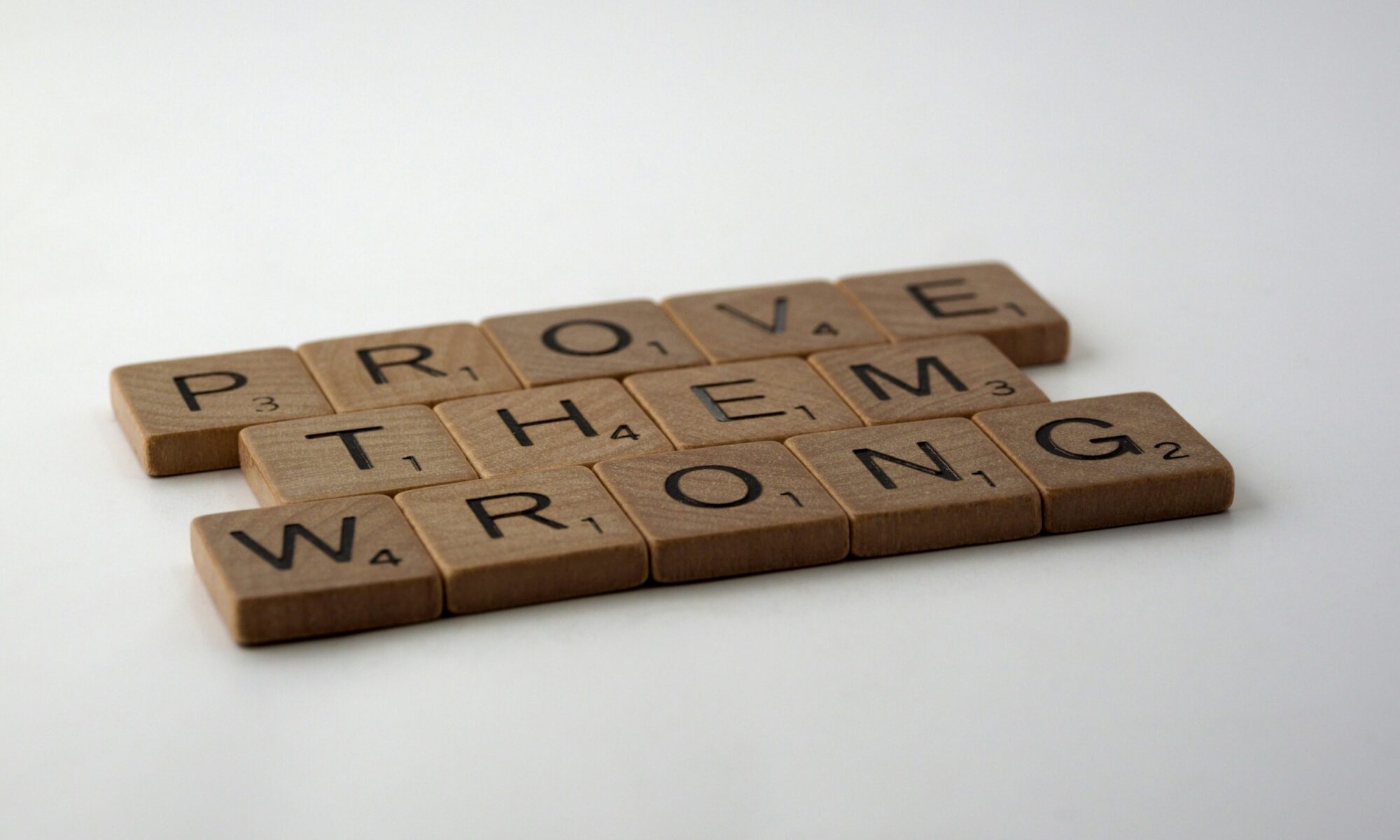He isn’t quite like his two brothers — one older, one younger. No doubt the least gregarious sibling. The other two? They are typically touted as the life of the party. But no, not this one. He’s more likely to be lost in the shuffle, so-to-speak.
So when his vivacious grandmother was paired with him to dance at the wedding reception three years ago, he meekly but quietly-gleefully joined in the reverie. She would say later, “I thought I was investing in one evening; it turned out to be way more than that.” They formed a notable, special bond.
With three more years of interaction and investment, this budding teen has found great confidence in his relationship with his beloved Mema. He knows she values him. And because of that, they can talk about most anything. Even via varied locations, lifestyles, and perspective, their relationship is solid, excellent, and good.
When hearing recently the keen example of this sweet relationship, I couldn’t help but think of Chapter 15 from Chad Veach’s “Help! I Work with People.” To be clear, since each of us interacts with some kind of people, I’ve found this an inherently valuable work to read.
Chapter 15 is entitled “The Most Important Currency,” and it wittingly unpacks how an unseen currency can have the greatest value — specifically, the currency of relationship. Writes Veach:
“We know intuitively that relationships matter… but how do we build them? How do we add value and build trust? How do we invest in people in such a way that our connection with them grows?
Relationships don’t just happen. They take intentionality, work, and time. If we understand how to build relationships properly, they will withstand the ups and downs of life and the inevitable bumps in the road.
One way to think about building relationships is in terms of deposits and withdrawals. Not in the sense of reducing friendship and affection to a mere transaction, of course, but in the sense of investment. The more we put into a relationship, the more it will thrive, grow, and generate a return. But if all we do is take or withdraw from a relationship, the balance will quickly drop to zero and it will cease to be an asset we can count on…”
Relationships matter…
They take intentionality, work, and time…
They can withstand the ups and downs… the bumps, too.
They can withstand those bumps — those withdrawals, if you will — as long, too, as there are investments…
… a kind word… an affirmation… a request to learn more… maybe even, a request to dance.
As increasingly more refuse to engage in respectful dialogue — thinking “my way is right” and “your way isn’t worth even hearing” — as then, we watch society struggle to do relationship well, my sense is we’ve forgotten the beauty of deposits. We’ve spent so much time investing in self and in who/what we think we most identify with, we’ve lost the art of focusing on what’s meaningful to others outside of that perceived bubble.
Are we proactively depositing in the account of another? Are we affirming them? Are we hitting “like” more than sharing why once more we’ll have to agree to disagree?
Are we expressing gratitude? Are we listening attentively? Are we cheering another on — even in difference?
Veach’s work challenges me, friends. Why? Because it reminds me of the tremendous value in taking the focus off of self, whether I think like the other person or not.
That vivacious grandmother would have loved to hit the dance floor with other adults that night. She can turn up the enthusiasm and easily, too, be crowned that oh-so-contagious, life of the party. But she chose to invest in one who needed it more. And that mattered. It has paid deep dividends for that young man still today.
It’s amazing, therefore, what a difference it makes — in public, in social media, and yes, even on the dance floor — when we intentionally and continually make deposits into other people… when we think more of them than of self.
Respectfully…
AR

The concept of relational currency is my new favorite, so rich with it’s deposits and withdrawals. Thanks for sharing!